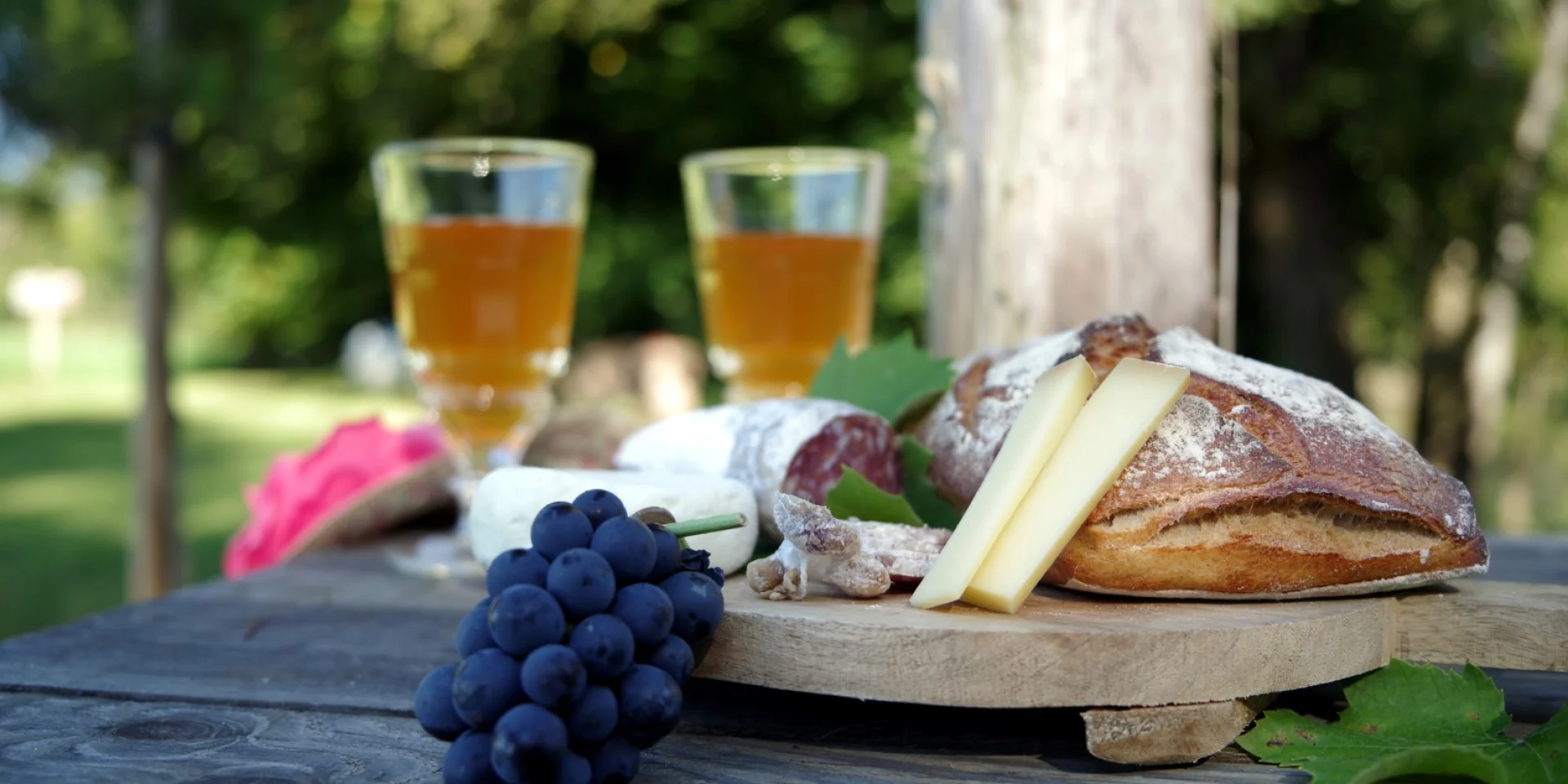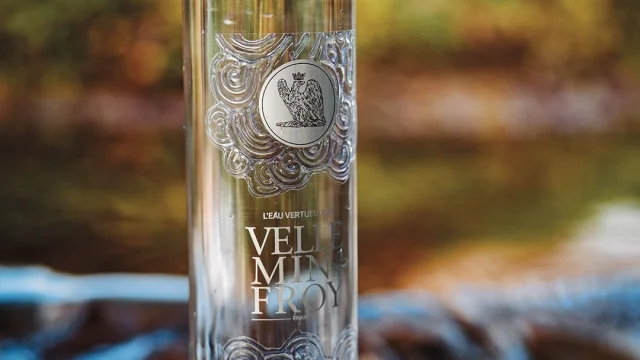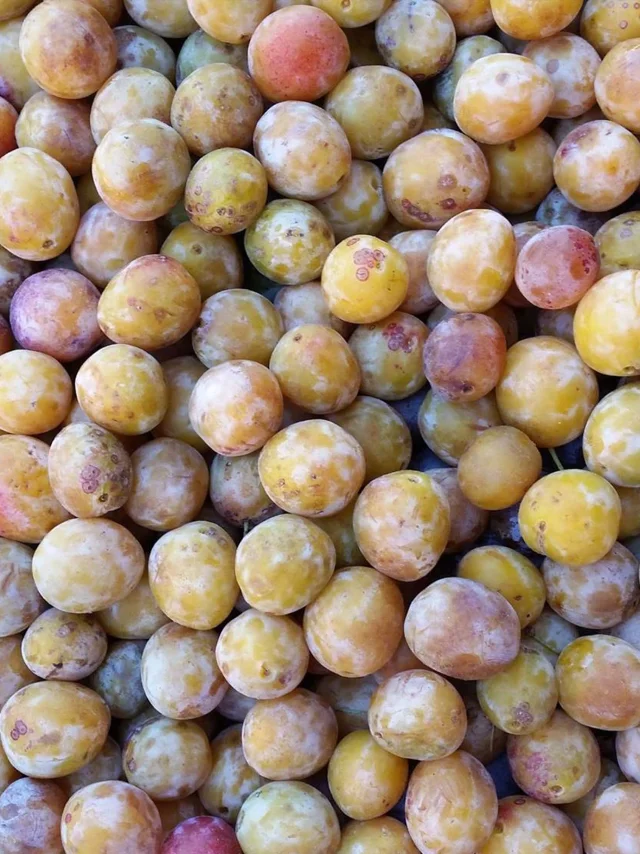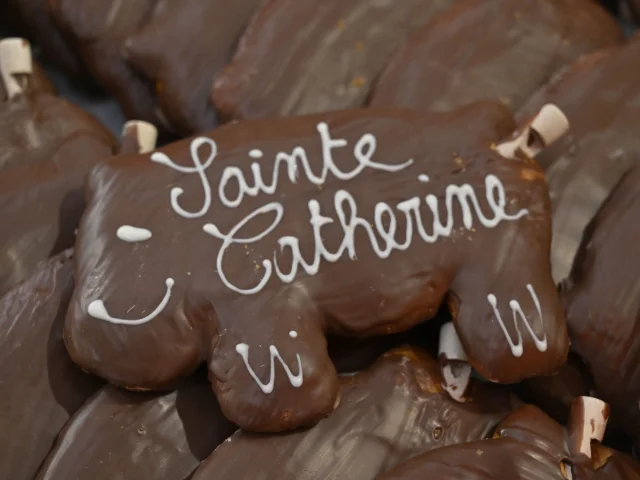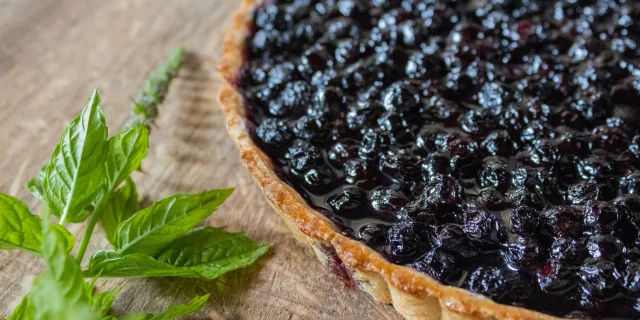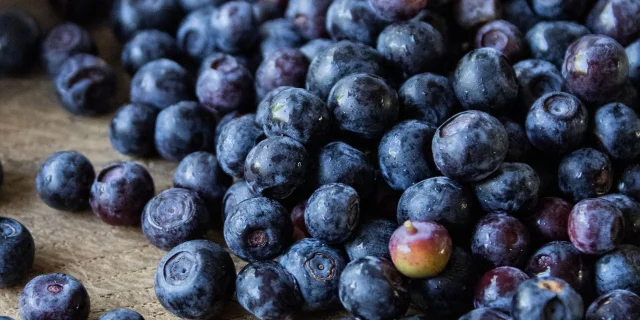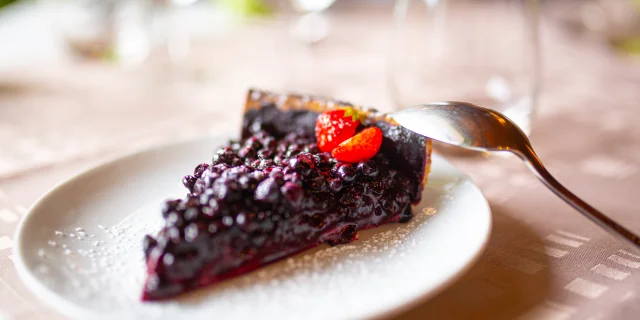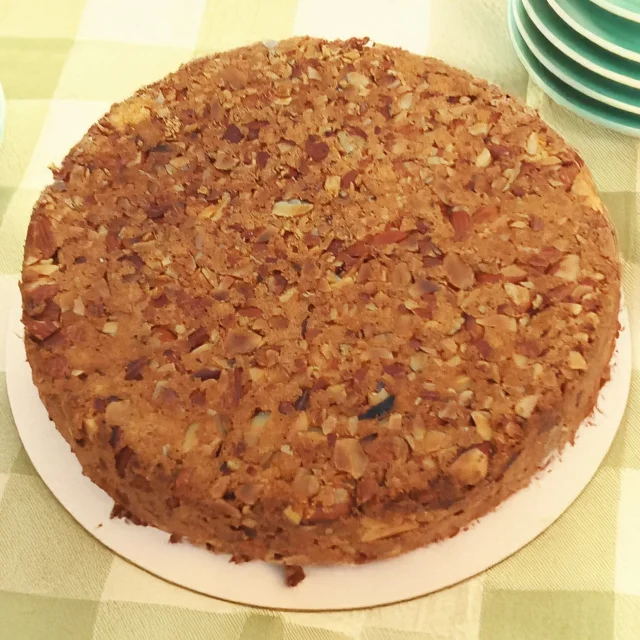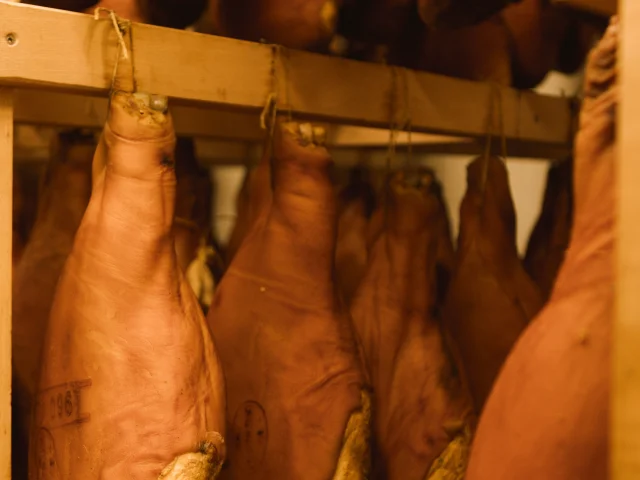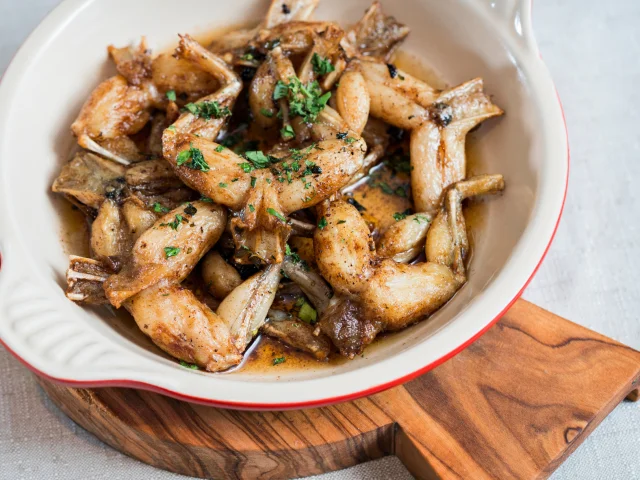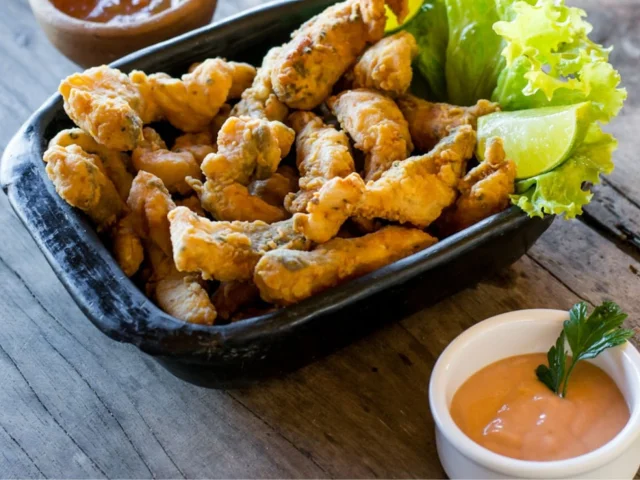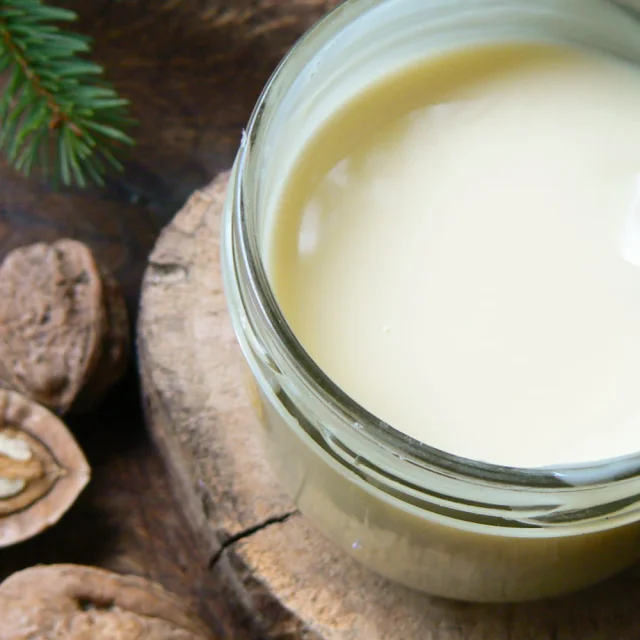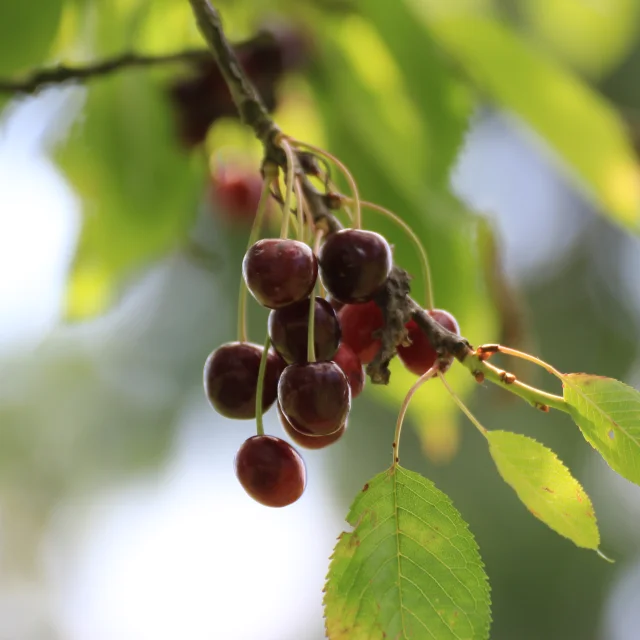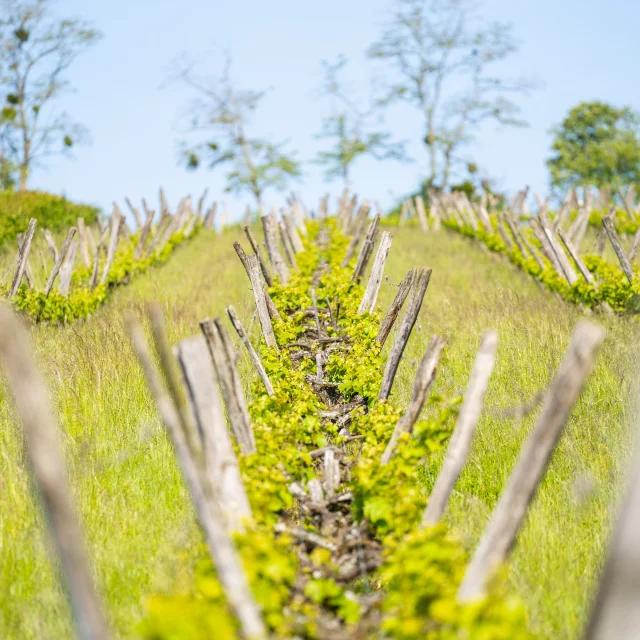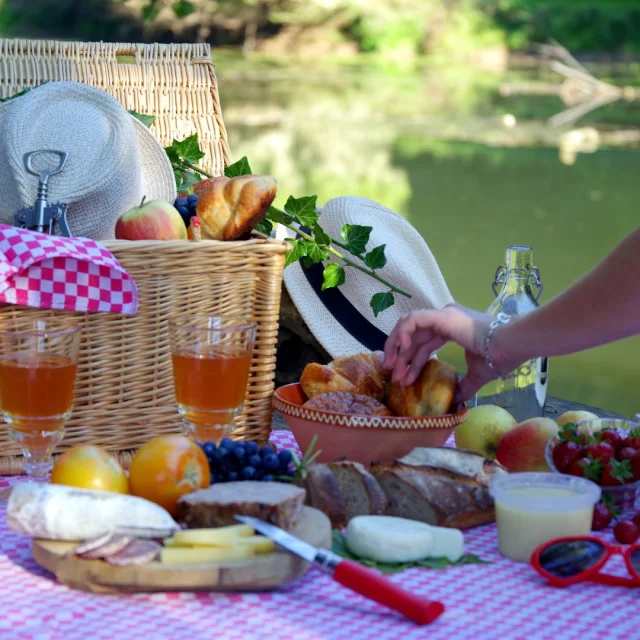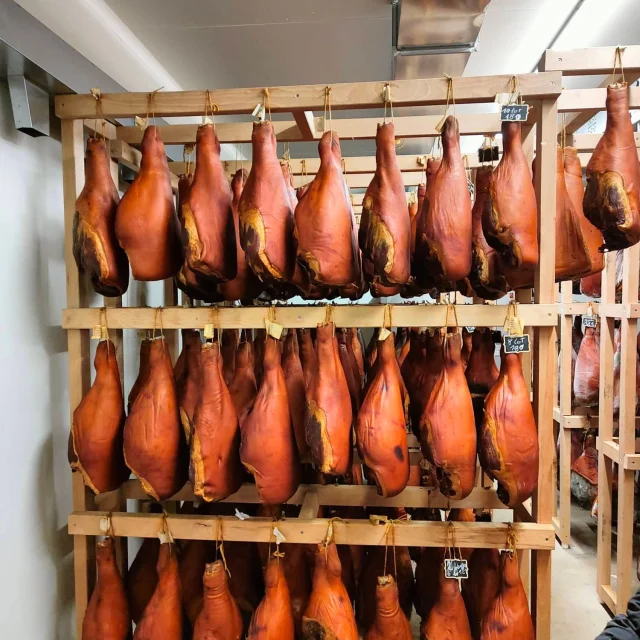In Velleminfroy, a place nestled in an unspoilt natural setting catches the eye. Between wooded valleys and forest, a river meanders through the vegetation, providing a haven for wildlife. In the heart of this peaceful environment, the Velleminfroy spring emerges…
At the beginning of the 19th century, Velleminfroy water quickly earned its spurs. Recognised as a “natural mineral water” in 1859 by the Imperial Academy of Medicine, it went on to establish the region’s reputation as a popular health spa throughout Europe. The ‘Tom’ spring, drilled in 1992, continues this heritage today. Its water, naturally rich in essential minerals, is exceptionally pure, with no nitrates or pesticides.
Velleminfroy’s water won several awards at the AVPA Paris International Gourmet Water Competition. In 2022, it was awarded AVPA – Paris Gourmet certification, underlining its original flavour and refined taste profile. This recognition underlines the exceptional quality of this water from Haute-Saône.
